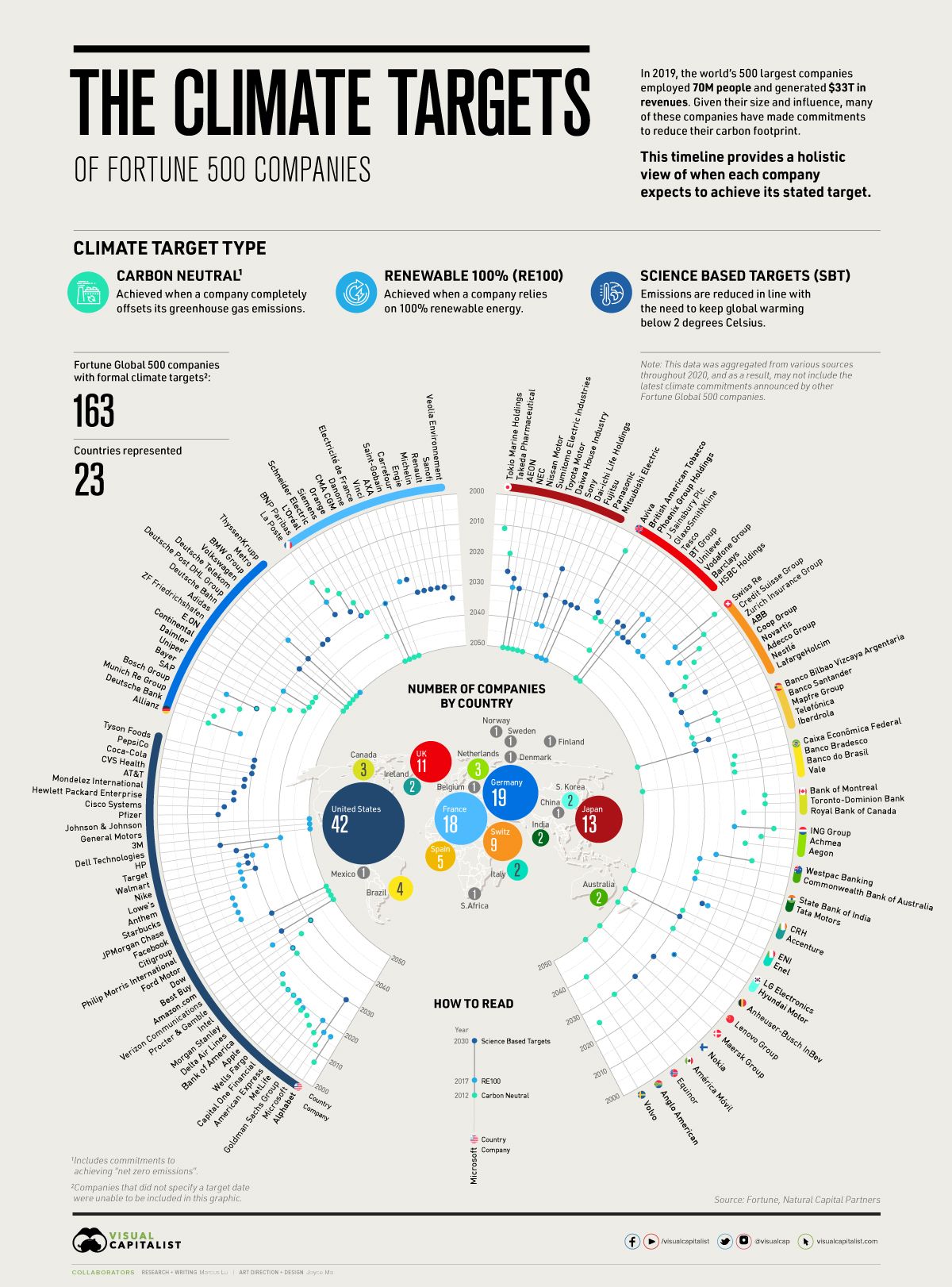Regenerative Economies in Web3
While regenerative economics has been a topic of many papers and discussion for years, there is a promising regenerative movement emerging in web3 at the intersection of blockchain technology and climate action.

Time is running out...
We have just under 8 years left to reduce global emissions by 50% and close the emissions gap to prevent the most catastrophic impacts of climate change. We’re talking about reducing global emissions by over 30 gigatonnes per year, when we're currently increasing global emissions at a near record rate...
So far, the nation states of our world have not only failed to make pledges that will keep us below 2.5°C warming above pre-industrial levels, but their policies are even more lackluster:
We’re looking at 3–3.5°C warming this century based on current policies in place [1].

The future is bleak

The failure of our nation states to mobilize capital to finance the world’s climate crisis solutions are putting humanity’s future on a bleak horizon.
“Rising sea levels, water scarcity and declining crop productivity could force 216 million people to migrate within their own countries by 2050.” — Viviane Clement in Groundswell Part 2: World Bank
By 2070, we’re looking at over 19% of the world’s land surface being too hot for human existence [2].
Private sector net zero commitments

Amidst the lack of global political action to mobilize sufficient commitments and capital to reduce the emissions gap, private companies are making significant public net zero commitments.
The Fortune 500’s carbon plans contain a wide range of aspirations, but the consensus is clear:
Climate-positive business is the future, but the question is... how do we get there?
In order for humanity to reduce emissions by 50% over the next eight years, we need every organization of the world to do two things at scale:
- Decarbonize and mitigate future emissions
- Sequester as many emissions as possible
For every molecule of CO2 that gets emitted into the atmosphere we lose time and risk pushing over several tipping points (which may be irreversible on human timescales).
Solutions are already here
Fortunately, we already have the solutions in place to decarbonize the global economy and remove gigatonnes of carbon from the earth’s atmosphere.
Climate change is a global coordination problem, not a technology problem.
Human organizational systems have failed to coordinate the commitments and capital necessary to address the most existential threat of our time.
Meanwhile, we’ve mobilized tens of trillions of dollars to respond to a virus whose case fatality rate is less than 1%. The irony is painful, and its costs will unfortunately be disproportionately born to future generation and the margins of society.
Coordination tools
In order to solve global coordination failure, we need global coordination tools—of which blockchain, the core technology in the latest evolution of the internet, is key.
Humanity needs to rapidly evolve its ability to coordinate trillions of dollars of capital at global scale. Fortunately, such systems are emerging in the third evolution of the internet, affectionately referred to as ‘web3’.
If you’ve seen the ridiculous Twitter profile pictures being sold at Sotheby’s for tens of millions of dollars, you’ve glimpsed a glimmer of the chaotic labyrinth that is emerging web3. Full of jargon and cultural rhythms that seem to take on a language and life of it’s own, web3 can be alienating for many.
It’s easy to see why many people “just don’t get it.”
We’re missing the bigger picture
There is an emergence of technology, values and ideas in web3 that has potential to mobilize capital to fund the best climate crisis solutions in the time and scale required to fulfill the Paris Climate Accord’s global commitments.
Unfortunately, most people get hung up on the idea that “crypto is bad for the planet” simply because Bitcoin’s Proof of Work consensus mechanism is energy intensive.
Please don’t make the same mistake!
Climate-positive crypto is here
There is a second and third generation of public blockchain networks that are built on very energy efficient mechanisms, the most common being ‘Proof of Stake’. Proof of Stake is proven to be 99.95% more energy efficient than Proof of Work and is being battle-tested to get ready for scale.
Similarly, NFTs are being used to create climate positive assets—in fact, minting batch NFTs to tokenize carbon credits from are a core part of Toucan's carbon market infrastructure. You can read more in our docs here.
Blockchains are human coordination tools
In the same way that the advent of the internet allowed for global communication of information, the evolution of digital currencies on public blockchains is enabling global coordination of capital flows that enables a myriad of actors to trust each other without intermediaries or permission from authorities.
There are a few core features of blockchain technology that address critical challenges in carbon markets to date, with carbon markets being one of the core economic systems to accelerate decarbonization and sequestration of green house gases at scale.
Unlocking a regenerative economy
Public blockchain ledgers allow for a level of transparency and accountability that enables a myriad of actors to trust each other and facilitate a unified global carbon marketplace. This is one of the key elements of a regenerative economy—with carbon being an intermediary commodity that acts as a proxy for overall planetary health.
Many actors are already looking at other measures of planetary health, including cultivating biodiversity, removing plastic from the ocean, and purifying water. This is a powerful demand signal that the global economy is ready to fulfill two missing functions:
- Internalize negative externalities
- Manage common resources
In the same way that web3 is signaling that the internet has evolved to include blockchain as one of it’s core technologies, we believe that the explosion of carbon markets is a signal that humanity economic systems are maturing out of extractive, fossil-fuel powered roots.
We believe that 2022 will be a core milestone in the transition into a regenerative global economy with carbon markets as a major driving force.
ReFi emerging in web3
While regenerative economics has been a topic of many papers and discussion for years, there is a promising regenerative finance movement emerging in web3 at the intersection of blockchain technology and climate action.
Toucan is building carbon market infrastructure using blockchain technology to enable humanity to reach the 2050 net zero target.
But the unfortunate reality is that the current system of measuring, reporting and verifying carbon credits has many issues that need to be addressed in order to justify the injection of trillions of dollars of capital to scale double-digit gigaton reductions in emissions.
We call the regenerative finance movement exploring these ideas in the world of web3 “ReFi” which gives a nod to the “DeFi” of decentralized finance popularized by MakerDAO, Uniswap, Aave, and others...
Carbon markets, MRV, and beyond
There are over 115 different web3 experiments whose purpose is to scale meaningful climate action. You can see them all here: https://climatecrypto.xyz/
Some of these are making traction, some of these aren’t. This is a playground of innovation pushing the boundaries of what is possible.
In order for the web3 ReFi movement to scale meaningful climate action we need to be passionately devoted to realizing measurable, tangible impact on the ground in the form of decarbonization and sequestration.
There’s a key concern amongst many industry bodies and carbon market experts that web3 is merely enabling a market of speculation that will fill the pockets of many, but not the projects on the ground doing the actual work.
A call to action
At Toucan we are fiercely devoted to building infrastructure and enabling markets that will finance the world’s best climate crisis solutions. We are focused on understanding and implementing the insights of the Science Based Targets initiative and working with industry bodies, academics and market experts to ensure that the carbon markets of tomorrow help humanity reach net zero by 2050.
If you or anyone you know have deep carbon market expertise and want to get involved, we’d love to hear from you.
There’s so much to figure out as humanity scales climate impact and we invite any questions and suggestions for how we can improve our infrastructure and communications to serve the planet’s deepest needs.
Get in touch
I always enjoy meeting new people and making new friends, so if you want to get in touch—please do! You can find me on Twitter at @climateXcrypto and on Linkedin.
Check out the community we are building on Twitter.
We also have just published the first edition of our weekly newsletter: deCarbonized — Demystifying the world of carbon markets in web3 and beyond...
Citations
- Damon Matthews, H., Tokarska, K.B., Rogelj, J. et al. An integrated approach to quantifying uncertainties in the remaining carbon budget. Commun Earth Environ 2, 7 (2021). https://doi.org/10.1038/s43247-020-00064-9
- Chi Xu, Timothy A. Kohler, Timothy M. Lenton, Jens-Christian Svenning, Marten Scheffer
Toucan is building the technology to bring the world's supply of carbon credits onto energy-efficient blockchains and turn them into tokens that anyone can use. This paves the way for a more efficient and scalable global carbon market.

